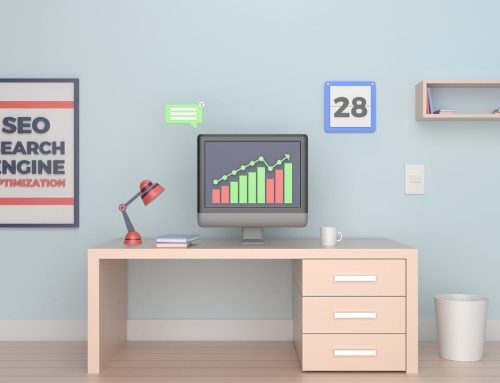 If you have a website and are trying to earn a living from it, then you need to know Search Engine Optimization. SEO is key to driving more visitors to your site. More visitors means more business, so you definitely need to read on.
If you have a website and are trying to earn a living from it, then you need to know Search Engine Optimization. SEO is key to driving more visitors to your site. More visitors means more business, so you definitely need to read on.
As with anything, you can take it to the limit and hire an expert in the field, but there are things that you and your web designer should be doing to optimize your search engine rankings. Here is a list of 20 things you can do now, to improve traffic to your website.
1. Use a keyword tool such as the Google Adwords Keyword Tool or their Search Based Keyword Tool . You will then be provided with other key words and phrases that users search for that you can then integrate into your site. Take care, however, not to stuff your text with keywords in an unnatural way, which can count against you.
2. Content dominates. Web crawlers love ever-changing content, so update your site regularly. Post good, well-written material that is unique and be sure to include your keywords within the content. Consider a blog, if your site content won’t change frequently. Spiders LOVE blogs!
3. Content may dominate, but links rule. Make sure to get your site lísted in numerous trade directories, associations, colleagues, etc. Be sure the locations of your backlinks are quality ones, and relevant to your site.
4. If you like image maps or Java script drop-down menus, be sure to include text links in another location on your pages. Web crawlers can’t decipher your images and they require real text to follow.
5. Page titles are important! Title each page individually according to its subject matter. Title tags should be keyword focused, and if you insist on putting your business name in it, put it at the end.
6. Write articles. As usual, be sure to include your keywords, post them to your site, and then post them to article sites. You will be surprised at where your articles will end up after a few months, all linking back to YOU!
7. Hyperlinks within your site should be written with the proper keywords, i.e. “green t-shirts” and not “click here”.
8. Go easy on the Flash. Spiders cannot crawl flash animations, so keep them to a minimum, especially if the animation contains text that you want your visitors to read. Integrate that text into the page instead.
9. Make sure that external links to your site link to the actual domain, i.e. http://www.redroses.com, and not http://www.redroses.com/index.html.
10. Renew your domain name promptly! Domains that are about to expire, or even that have less than one year remaining can be considered spammers by some search engines, and this will hurt your rankings.
11. SEO is not a one-shot deal. Since searches, and searcher’s needs, change quickly and frequently, expect to work on your optimization daily, in order to get the best results. Getting crawled initially can take weeds, and getting high rankings can take months, sometimes a year or longer, depending on how much effort you put into in. Nothing ventured, absolutely nothing gained, in this case.
12. Use captions with your images. No brainer, and use ALT tags with them as well. Include the words “picture” or “image” in your ALT tags, as searches will often be for a keyword along with one of those words.
13. Use an XML sitemap. You can get one of these from Google as well. Sitemaps provide very crawl-worthy text for hungry little web spiders.
14. Search engines love video, too! Be sure to include video in your sites, and then upload the video to other quality sites, such as Metacafe, AOL, MSN, Yahoo and, of course, YouTube.
15. Get a Google Webmaster account. This will provide you with numerous tools that you can use to better enhance your visibility.
16. When you have your Google Webmaster account, enable the “Enhanced image search” feature. Allowing Google to find your photos will help in your SEO efforts.
17. Monitor your account. It’s vital to know what page your visitors are coming in to your site on, and what page they’re exiting from.
18. Link back to yourself. Putting links to other pages in your site is an easy way to improve traffic to individual pages.
19. Name your URLs clearly. It’s easy to understand what www.cowboyboots.com/women/buckarooboots.html would contain, but if your page is titled www.cowboyboots.com/45773/bbb.html, search engines are much less likely to figure that one out.
20. Don’t make the mistake of paying money to companies that say they can get you ranked higher! With a little time and effort, you can improve your site’s rankings yourself, and some search engines consider links from these sites to be of poor quality.
I hope these tips help you on your way to better website optimization!





